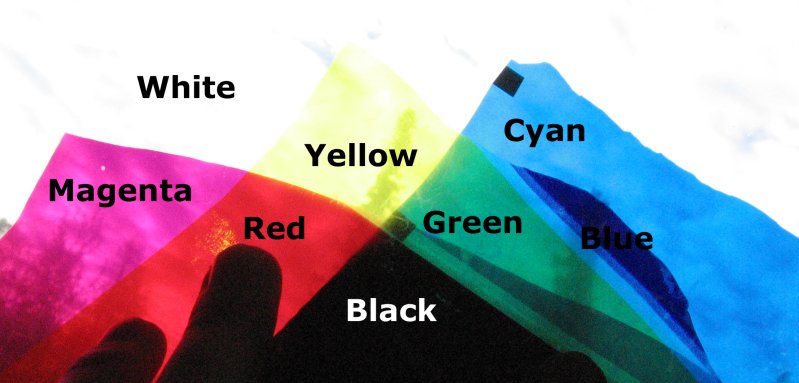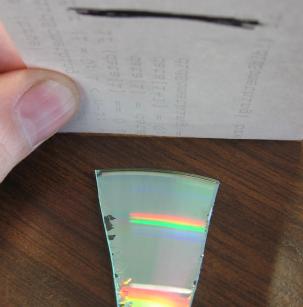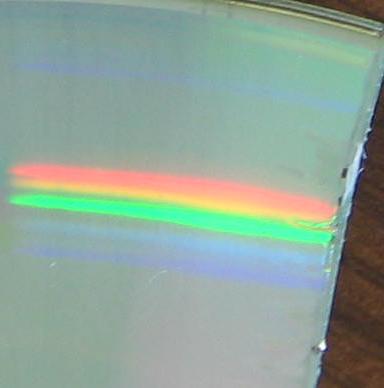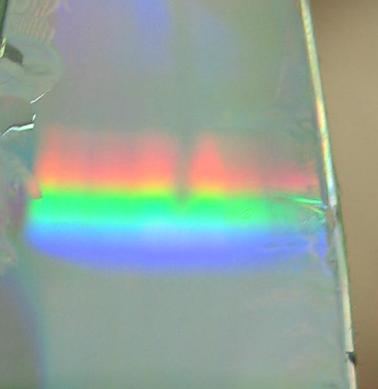Color
CS 381 Lecture, Dr. Lawlor
Visible light is just electromagnetic radiation--it's
exactly the same stuff as X-rays or radio waves. We've just got
builtin detectors for electromagnetic radiation with a wavelength from 400 (blue) to 700 (red) nanometers.
Our perception of electromagnetic radiation is actually amazingly
limited. We can hear continuous tones, and complicated
combinations of tones, from 20Hz to 20,000Hz; but you can only see
three separate colors--red, green, and blue. This is
suprising--there's clearly a difference between sunlight and
flourescent light, but our eyes can't directly perceive it.
Random asides: humans developed 3-color vision quite recently, as a way of gaining more information about plant health; most other animals see fewer colors. A tiny fraction of humans have 4-color vision (Readable Guardian Article on tetrachromatism), although the fourth primary color is actually *between* red and green, which is kinda lame. You can actually use your own unmodified eyes as an infrared camera,
by just blocking all visible light. Some people have only 2-color
vision (color blind folks; the most common form is inability to
distinguish red and green). In the dark, we're all 1-color
(monochrome) vision.
Color
So the bottom line is that for normal people, you only need three
primary colors. In additive color, they're red, green, and
blue (RGB). In multiplicative color (misleadingly called "subtractive" color), they're cyan, yellow, and magenta (CMY), usually combined with a pure black (CMYK). Here's a GIMP image of the RGB primary colors and CMY primary pigments where you can try this out.



Color in OpenGL
In glColor3f, r, g, and b are floats, with 0.0 as black and 1.0 as white. Values outside the range of [0,1] are "clamped" to lie inside [0,1].
In "fragment.txt", "gl_fragColor" is just a 4-vector containing red, green, blue, and "alpha" (which we'll talk about later).





